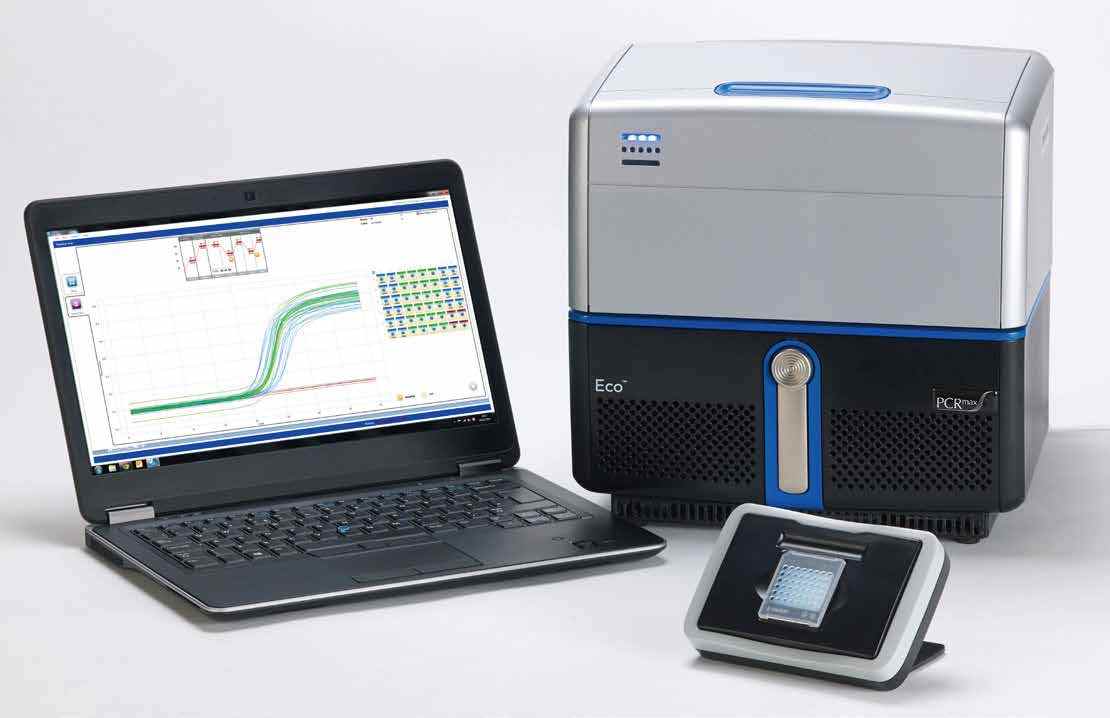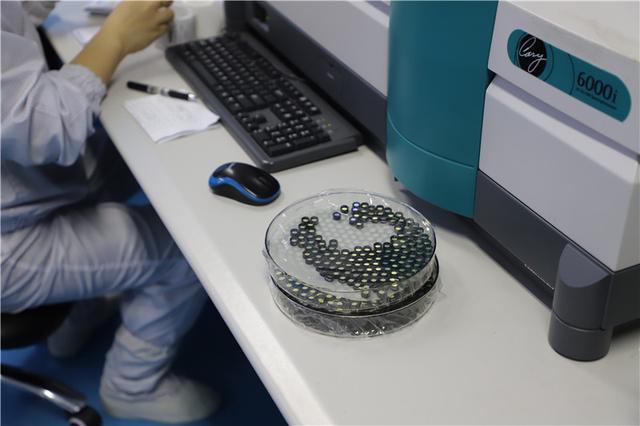+86-18052658805 | 18052655285
The COVID-19 gets a lot of attention from people all over the country. At present, the fight to win the prevention and control of the epidemic has entered a critical period. It has become one of the most critical tasks to quickly complete the diagnosis of suspected cases. As a quantitative analysis instrument for the diagnosis of COVID-19, fluorescent quantitative PCR is very important for the detection and confirmation of COVID-19, and the detection of virus requires high precision.
Fluorescence quantitative PCR detector is a kind of instrument which can trace the PCR products and monitor the reaction process in real time by fluorescent dye or fluorescence labeled specific probe. Combined with the corresponding software, the product can be qualitatively and quantitatively analyzed, and the initial concentration of the sample template to be tested can be calculated. The whole PCR process was monitored in real time by fluorescence signal accumulation. Finally, the unknown template was quantitatively analyzed by standard curve, including TaqMan fluorescent probe and SYBR fluorescent dye. PCR can quantify the abundance of specific genes or species, compare the differences between different treatments or samples, such as gene copy number and expression amount, to study the response of gene expression to the treatment, and at the same time, it can obtain PCR amplification efficiency and other information.

Its main application scenarios include diagnosis of infectious diseases, blood screening, early auxiliary diagnosis of tumors, molecular typing of tumors, diagnosis of genetic diseases, prenatal diagnosis, tissue typing, etc. In the diagnosis of infectious diseases and blood screening, molecular diagnosis based on nucleic acid amplification can shorten the "window period" of diagnosis, and can detect pathogens quantitatively. Compared with the traditional free diagnosis, it has irreplaceable advantages.

The core device of COVID-19 nucleic acid fluorescent PCR detector is the fluorescent optical interference filter. An optical thin film in which only light of a specific spectral range passes through by the principle of interference. It is usually composed of multilayer films. There are many kinds of interference filters with different purposes. Common interference filters are divided into cut-off filter and band-pass filter. The cut-off filter can divide the spectral range into two regions. The light in one region cannot pass through (the cut-off region), while the light in the other region can pass through (the passband region). The typical cut-off filters are short-pass filter (only short wave light is allowed to pass) and long-pass filter (only long wave light is allowed to pass). They are all multilayer dielectric films, which have a periodic structure of alternating high refractive index layer and low refractive index layer. As required, the pass band of the band-pass filter can be from infrared to ultraviolet. In the visible light area, this filter can be used to separate the image into different colors in the color TV camera; in the infrared area, it is commonly used in carbon dioxide lasers and satellite sensors.
Copyright © 2017 泰州市爱特斯光学材料有限公司 . All rights reserved